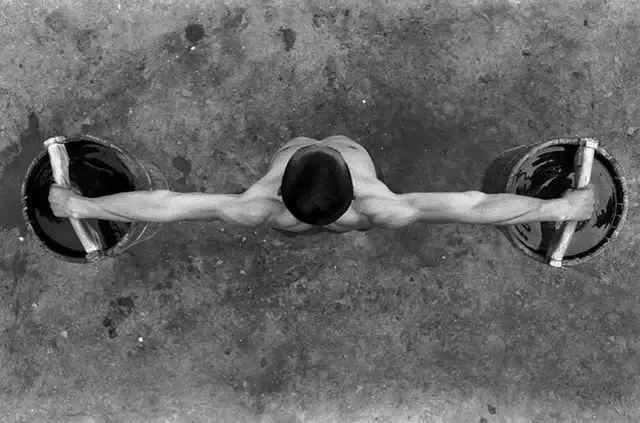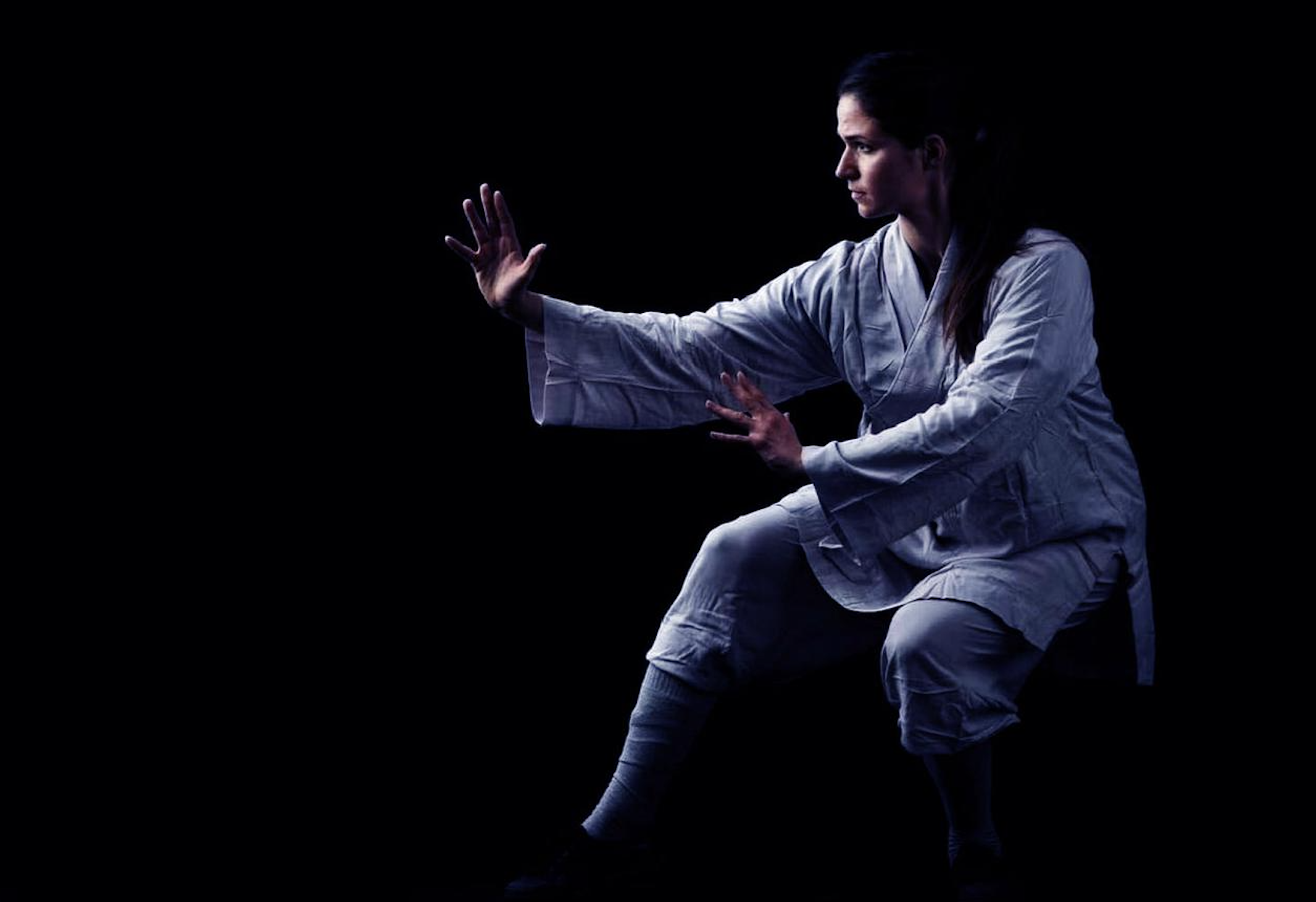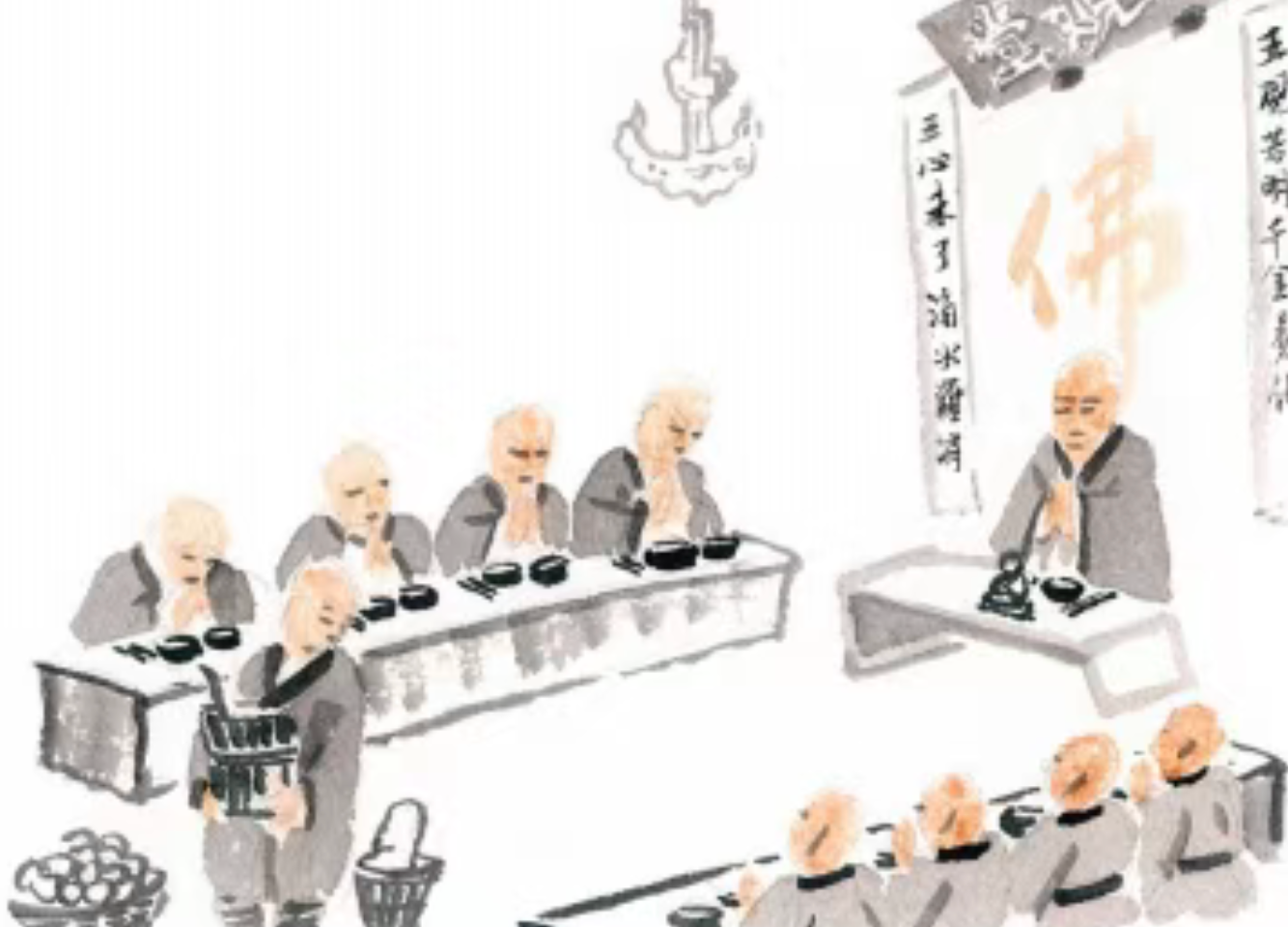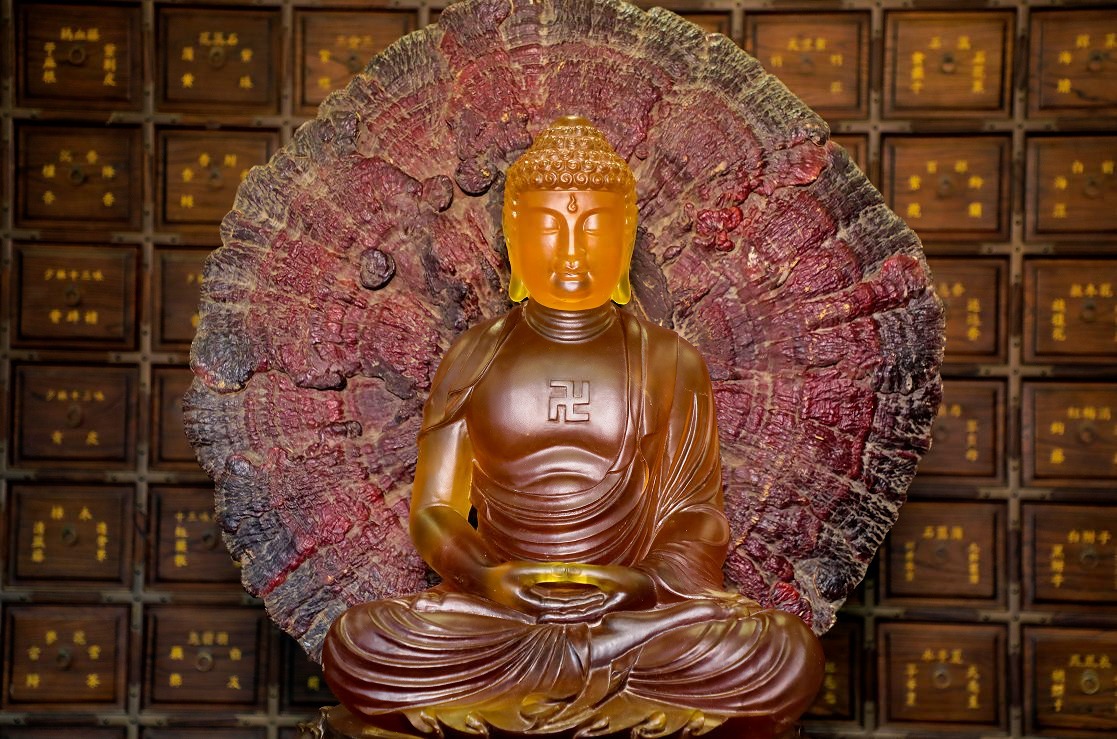“Chan is born in the heart, and the fist arises from the mind. Kung Fu is more than mere punches and kicks—it is a path of cultivation.”
Recall the Shaolin Temple of a thousand years ago, where the resonant toll of bells mingled with the morning mist, and monks practiced martial arts amidst the mountains and forests. Their training strengthened the body, safeguarded the temple, and nurtured the spirit. Today, modern martial arts competitions showcase dazzling, fluid movements, yet they differ profoundly in essence and aspiration from Shaolin Kung Fu.
Though both Shaolin Kung Fu and modern martial arts fall under the umbrella of “wu” (martial), as the Chan tradition teaches: “Within sameness lies difference, and within difference, unity.” Where lies this difference? Let us explore it step by step.

I. Roots Diverge: The Unity of Chan and Martial vs. the Path of Competition
Shaolin Kung Fu originated at Shaolin Temple on Mount Song, with over fifteen hundred years of history. Since Bodhidharma meditated in a cave and transmitted his teachings, Shaolin Kung Fu has been deeply intertwined with the spirit of Chan. Its original purpose was “to use martial arts to support Chan practice,” helping monks strengthen their bodies and attain enlightenment. Thus, Shaolin Kung Fu has always upheld the principle of “the unity of Chan and martial,” emphasizing inner tranquility and stability, expressed outwardly through disciplines like staff, spear, sword, and fist techniques.
Modern martial arts, by contrast, emerged as a modern sport influenced by competition and performance. Its focus lies in showcasing individual skill and aesthetics, prioritizing coordination, visual appeal, difficulty, and precision to achieve competitive success.
Thus, Shaolin Kung Fu’s roots lie in Chan spiritual cultivation, while modern martial arts are rooted in athletic display. Though both are “martial,” their directions differ.

II. Purpose Diverges: Self-Cultivation vs. the Pursuit of Glory
As the Chan saying goes: “Practice martial arts to cultivate the self; cultivate the self to realize the Way.” The ultimate goal of Shaolin Kung Fu is not victory in combat but to use martial practice as a vehicle for self-cultivation and spiritual awakening. Monks often combine martial training with seated meditation, achieving unity of body and mind through practices like “sinking the qi to the dantian” and “balancing inner and outer cultivation,” leading to wisdom, enlightenment, and holistic harmony.
Modern martial arts, however, emphasize personal achievement and honor. Success is measured by winning competitions, earning gold medals, and gaining public acclaim. Competitive martial arts prioritize external expression, combining speed and power with values like “faster, higher, stronger.”
Shaolin Kung Fu seeks inner balance and completeness, while modern martial arts focus on outward performance and recognition—two distinct purposes.
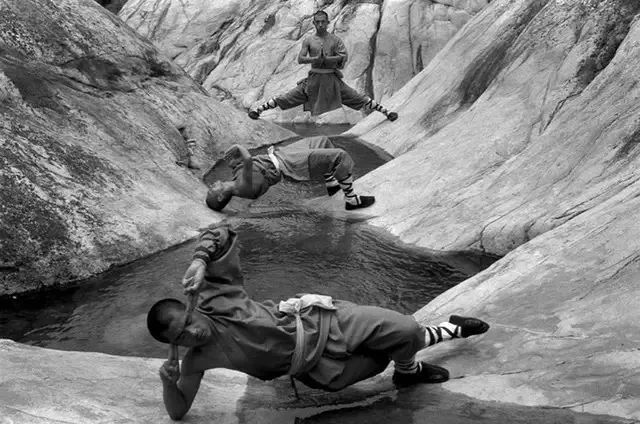
III. Movements Differ: Combat Practicality vs. Performative Display
An ancient adage states: “The fist never leaves combat; the art never leaves true skill.” Shaolin Kung Fu techniques have been refined through centuries of real combat. Every punch, kick, and stance originates from practical experience—classic styles like “Arhat Fist,” “Long-Arm Fist,” and “Five Animals Eight Methods” feature direct, effective movements designed for lethal precision and defensive strategy.
Modern martial arts movements, however, prioritize performance and spectacle. They emphasize beauty, fluidity, and visual appeal, with competition routines often exaggerated for effect—lacking the concise, combat-ready efficiency of Shaolin Kung Fu.
IV. Training Differs: Balanced Inner and Outer Cultivation vs. Outer Technique Focus
Shaolin Kung Fu adheres to “outer strength for muscles and bones, inner strength for breath and energy,” stressing the unity of body and mind. Foundational practices like horse stance, qi regulation, and breath control cultivate deep internal power, achieving harmony between inner and outer energies. This method requires relentless daily practice to develop enduring skill and holistic well-being.
Modern martial arts training focuses on external attributes—strength, speed, agility, and technique—relying on repetitive drills and short-term intensity. While results may come faster, inner power and breath regulation are often neglected.
Over time, Shaolin Kung Fu’s internal cultivation proves steady and lasting, whereas modern martial arts’ power tends to be external and transient.
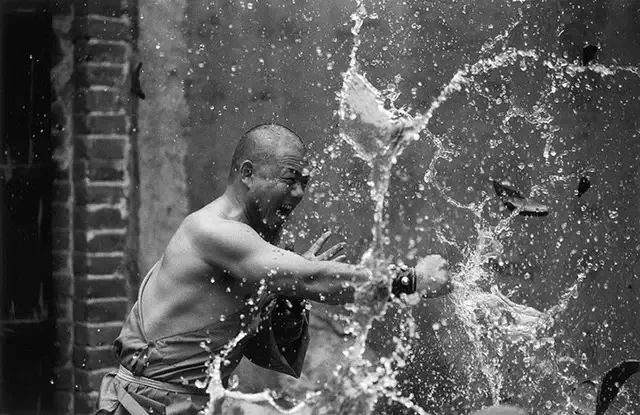
V. Spirit Differs: Serenity and Humility vs. Ambition and Competition
As Chan teaches: “He who defeats others is strong; he who defeats himself is mighty.” Shaolin monks prioritize inner refinement, embodying serenity, humility, and compassion. Martial arts are not tools for defeating others but wisdom for dissolving conflict and calming the mind.
Modern martial arts, however, embody a spirit of ambition and competition—seeking personal value through challenges, self-transcendence, and victory.
The former cultivates inner peace and kindness; the latter drives relentless progress and limit-pushing. The difference in spirit is unmistakable.
VI. Wellness Differs: Meridian and Qi Cultivation vs. Physical Explosiveness
Shaolin Kung Fu emphasizes “internal cultivation for wellness,” with monks practicing disciplines like “Muscle/Tendon Changing Classic” and “Marrow/Brain Washing Classic.” Through standing meditation and breathwork, they regulate internal qi and meridians, strengthening the body and ensuring long-term vitality.
Modern martial arts, however, focus on external physical breakthroughs—muscle power and explosive strength. High-intensity training risks injury and neglects meridian and qi harmony.
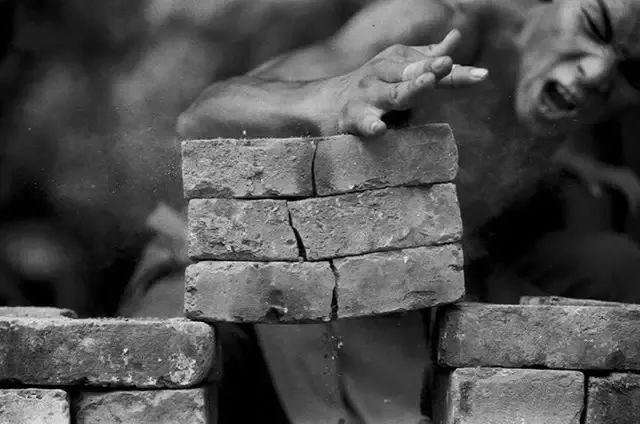
VII. Understanding of “Martial”: Ending Conflict vs. Combat Victory
Shaolin Kung Fu interprets “martial” as “stopping the weapon is true martial skill”—using discipline to achieve peace, inner calm, and conflict resolution. Martial arts are not tools of war but paths of Chan-inspired awareness and harmony.
Modern martial arts view “martial” as combat victory and outperforming opponents, centered on competitive dominance.
One “martial” seeks peace; the other, competition—two fundamentally different philosophies.
Upon reflection, Shaolin Kung Fu and modern martial arts may both be called “martial,” yet they diverge profoundly. One flows like quiet water, pursuing inner wisdom; the other surges like waves, chasing external transcendence.
They are not mutually exclusive but complementary. Modern martial arts can learn from Shaolin’s wellness traditions, while Shaolin may adopt modern training science.
Life is like Chan, like martial arts—both movement and stillness hold truth. The difference between Shaolin Kung Fu and modern martial arts mirrors the Chan saying:
“Mountains and rivers take countless paths, yet all lead to the same perfection.”
May all practitioners draw from each tradition as needed, achieving harmony within body and mind—reaching a state of complete freedom.
